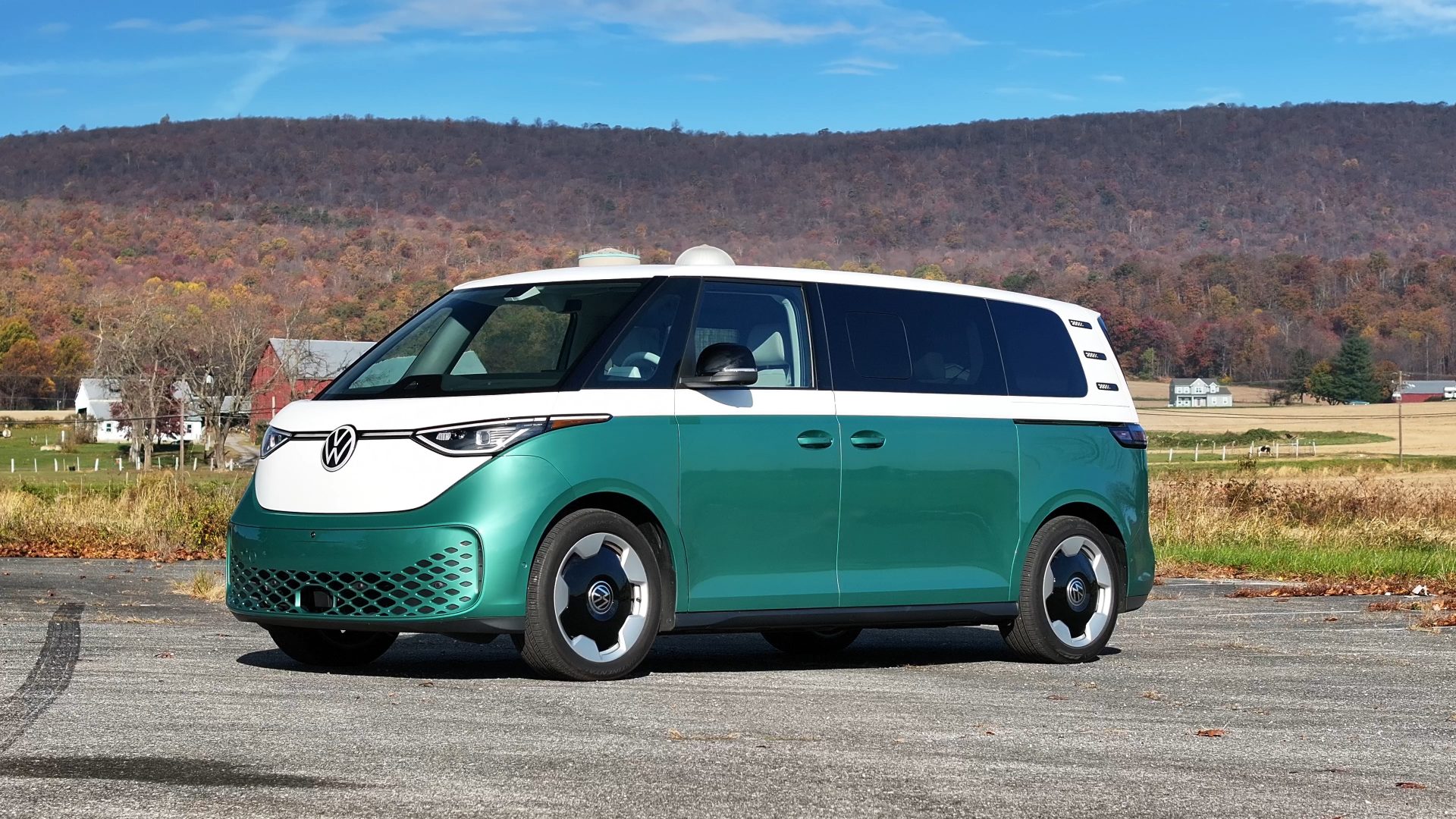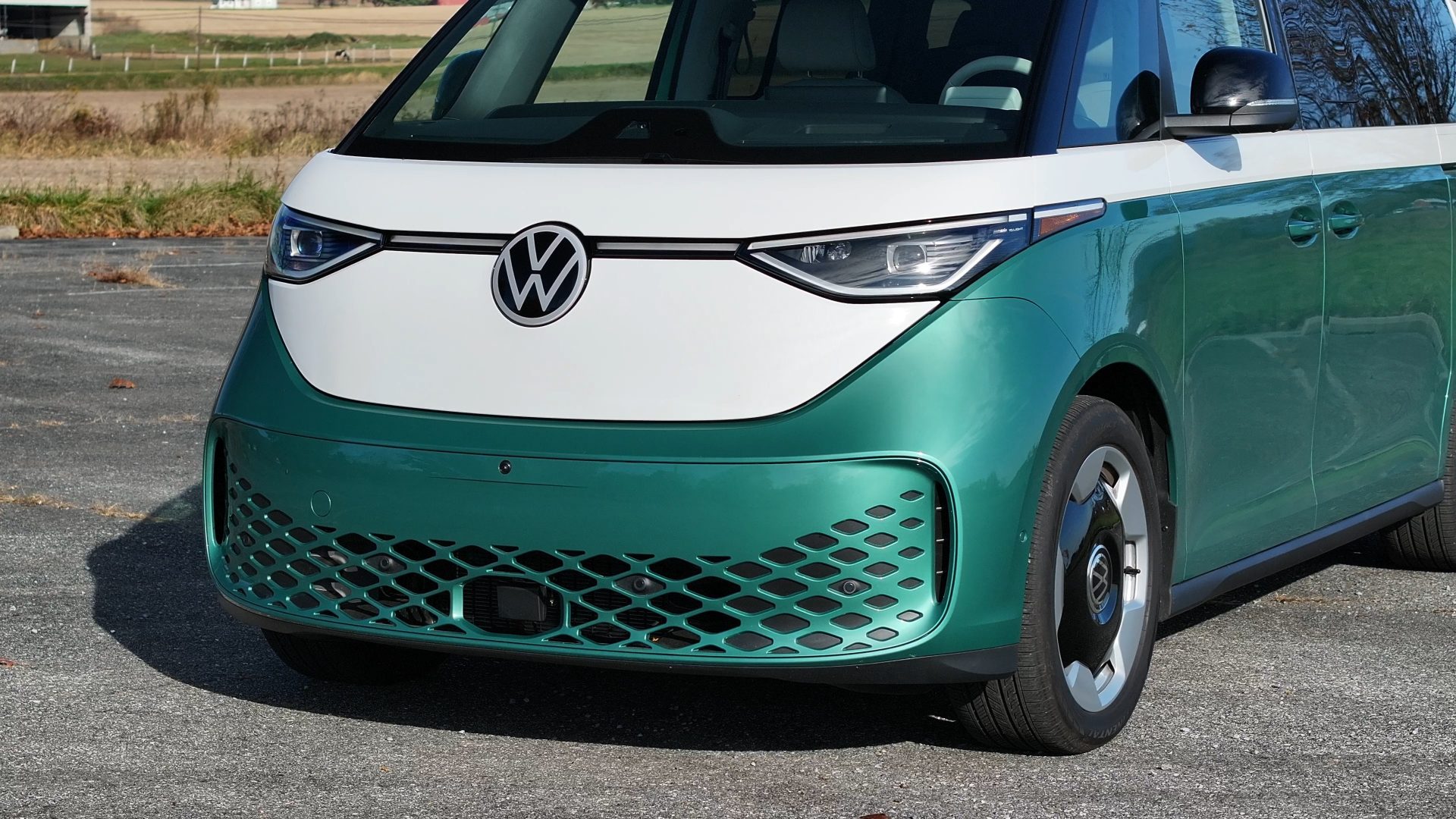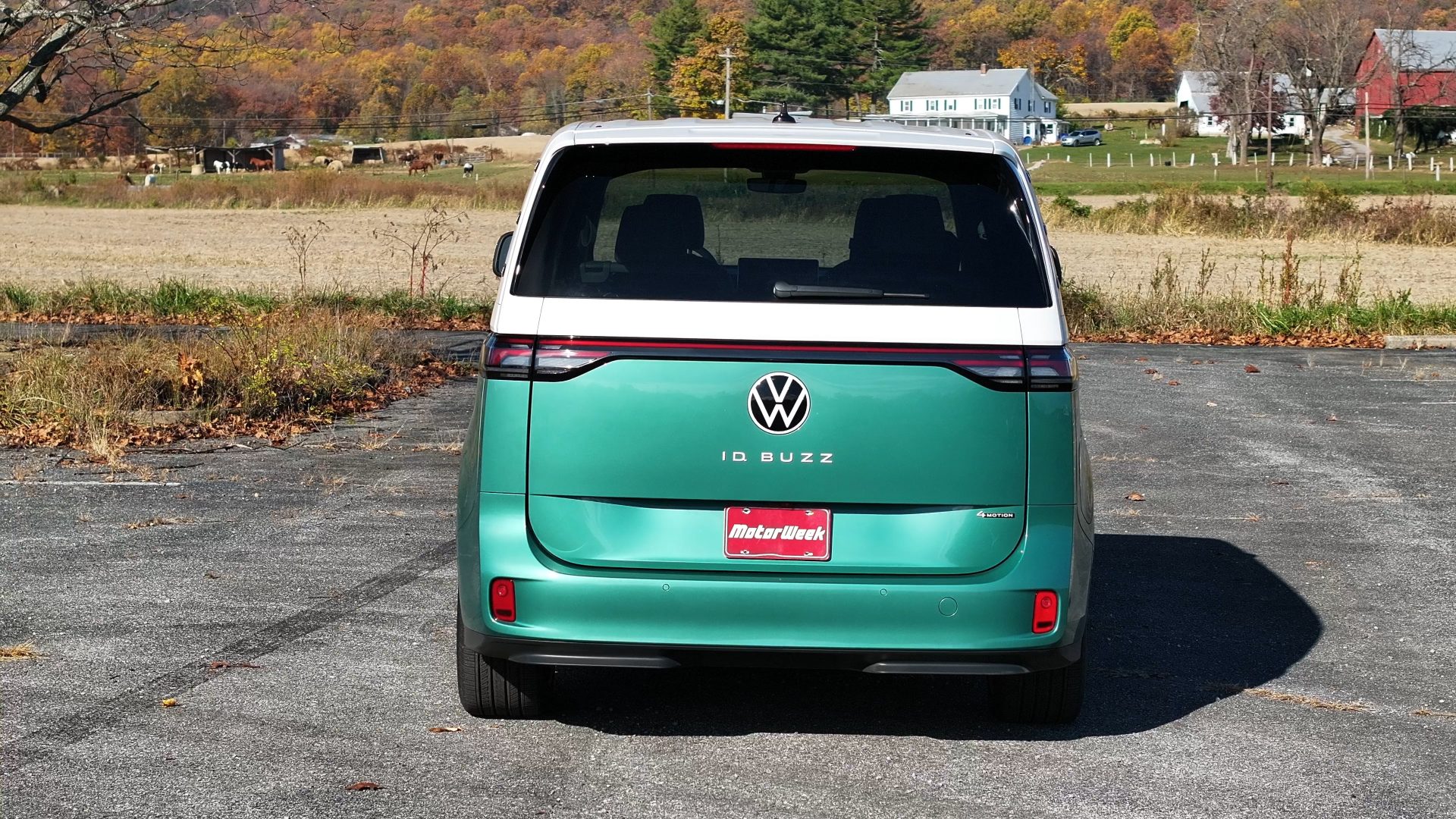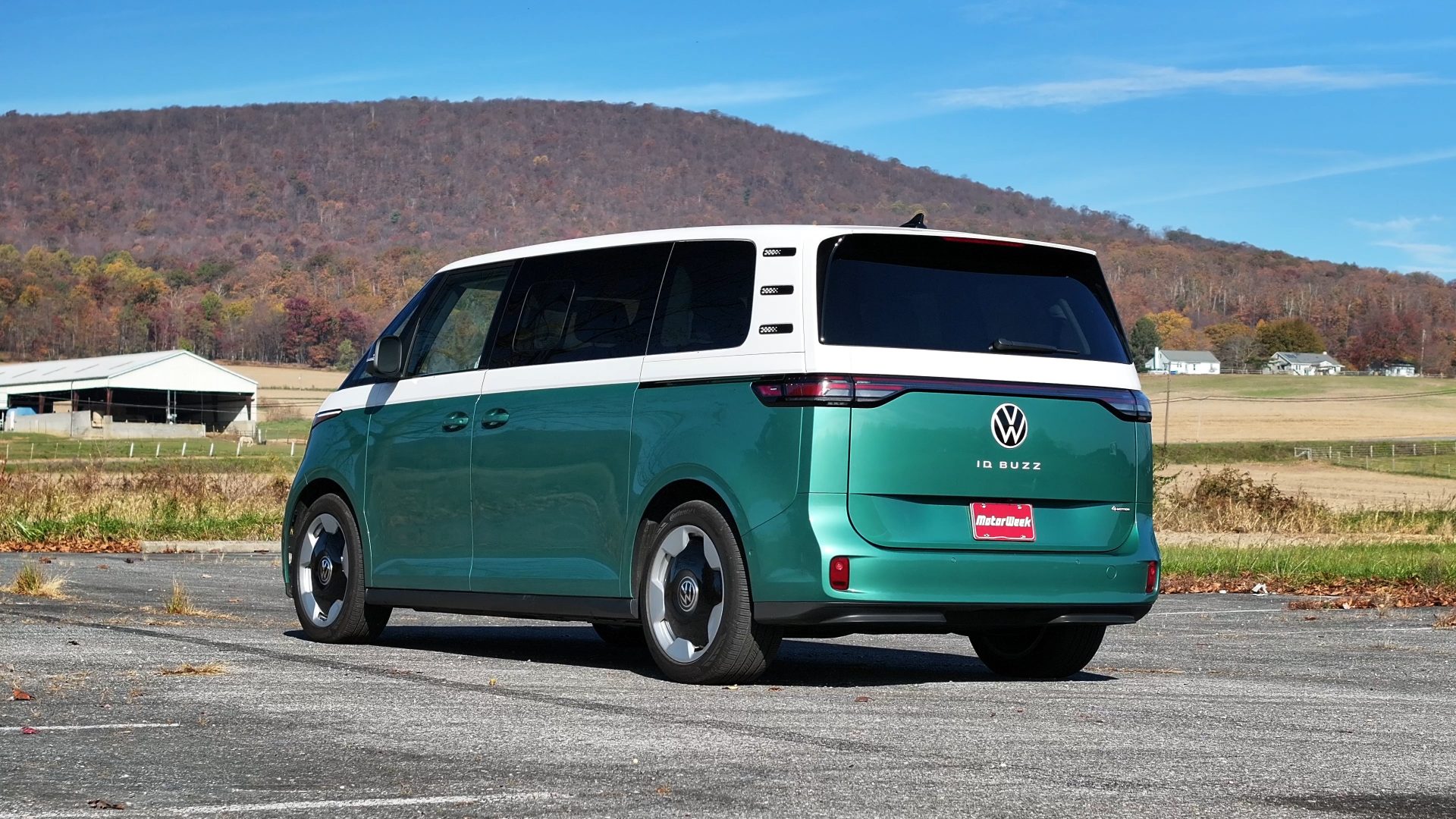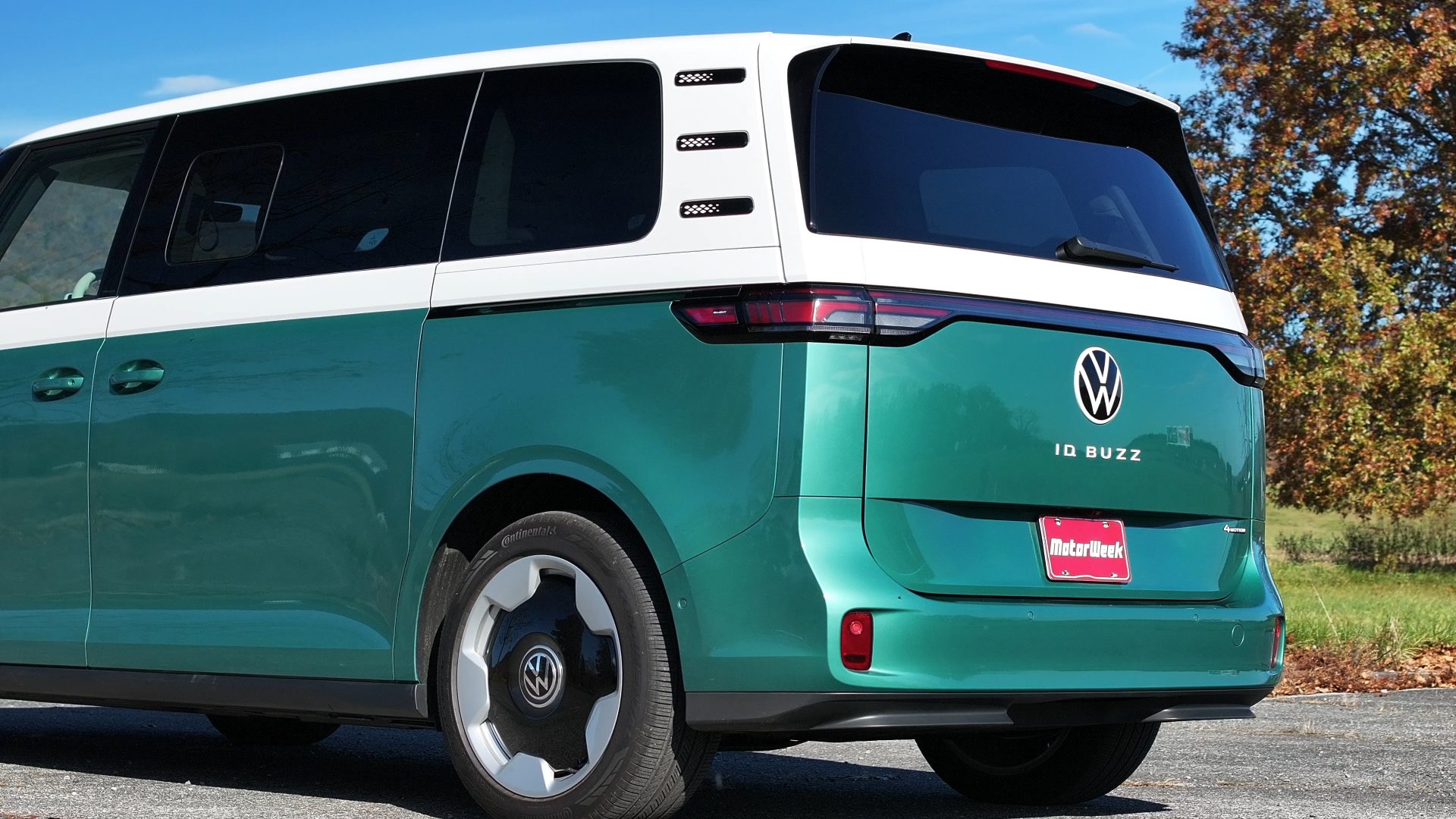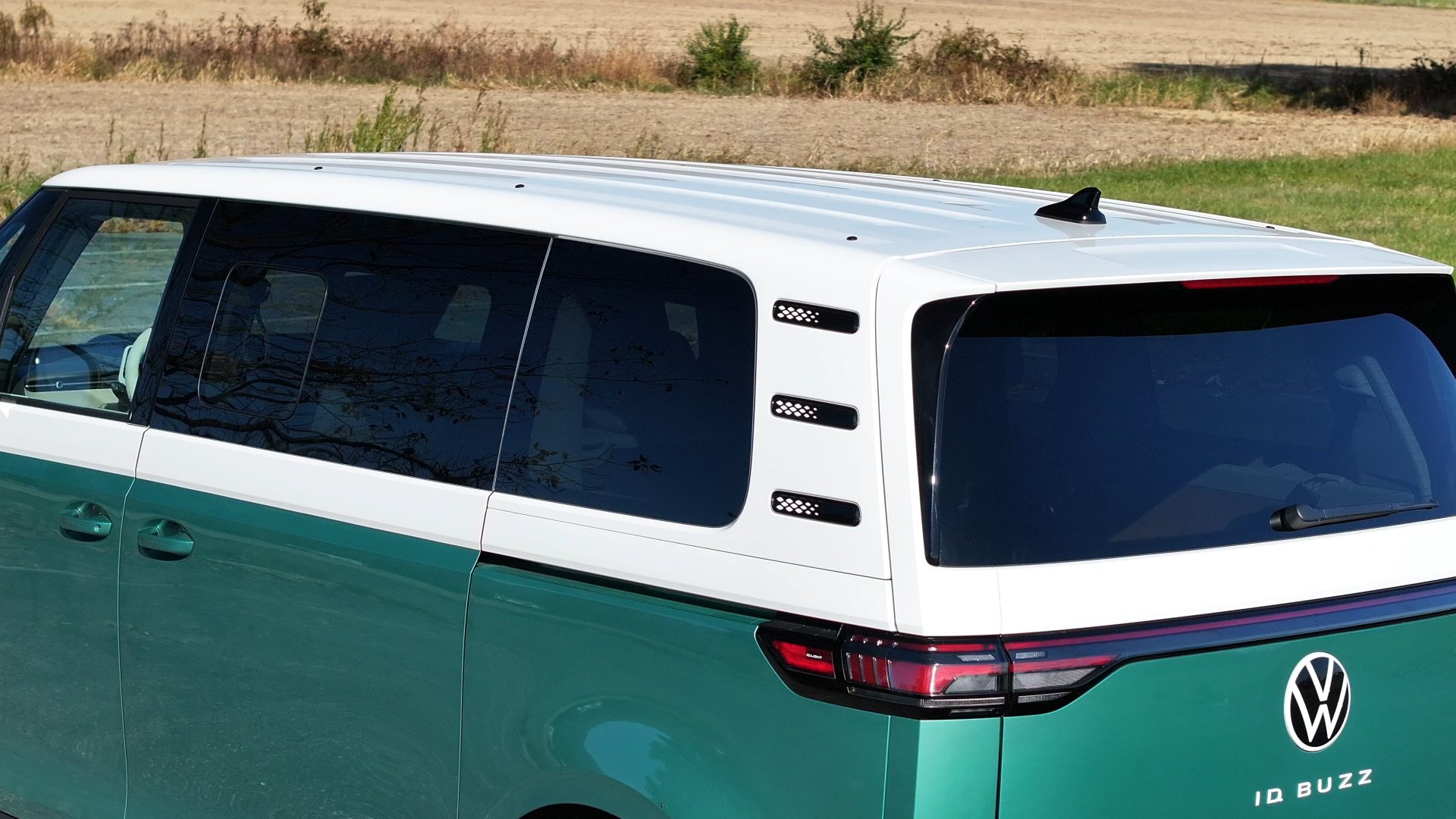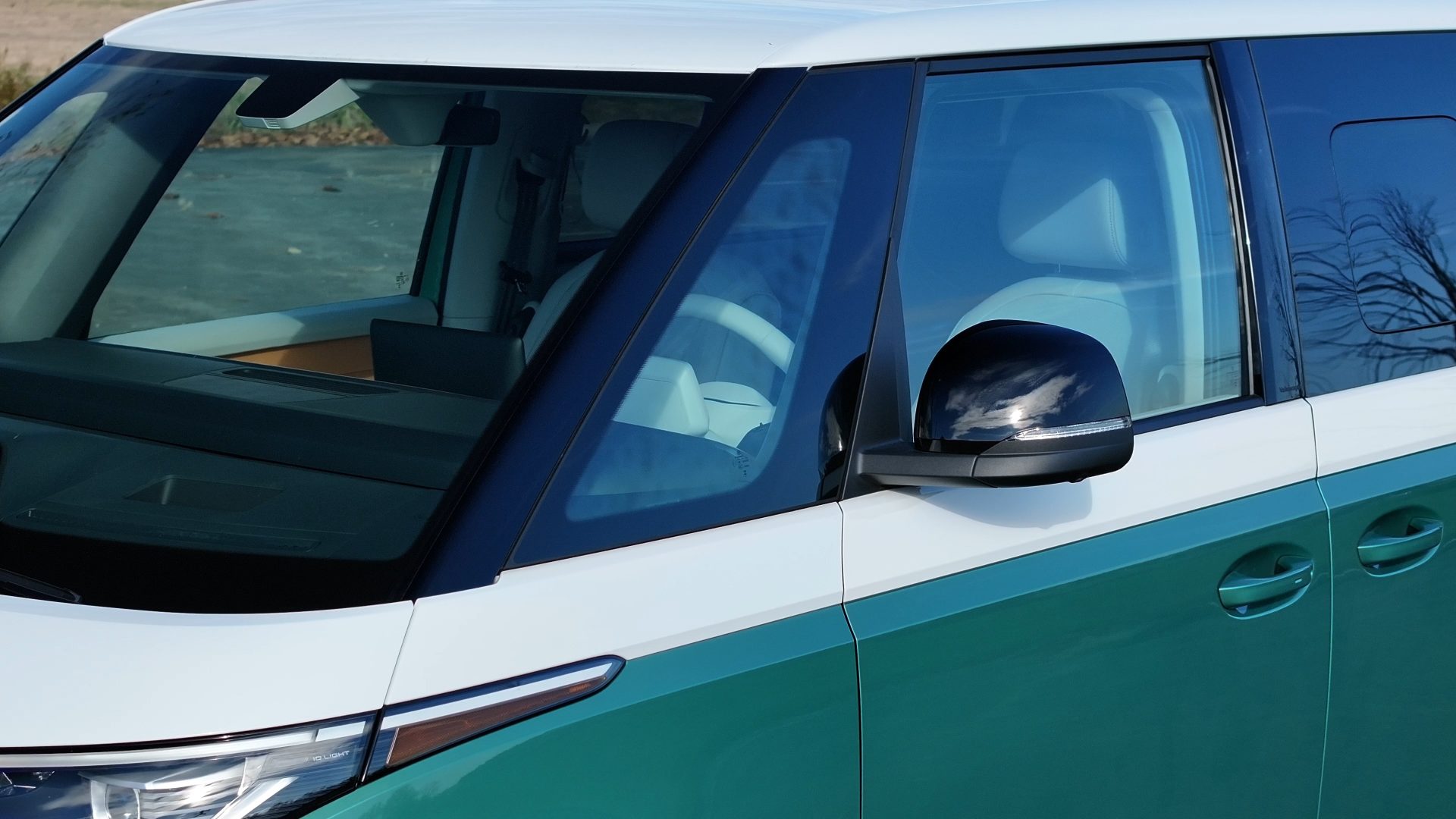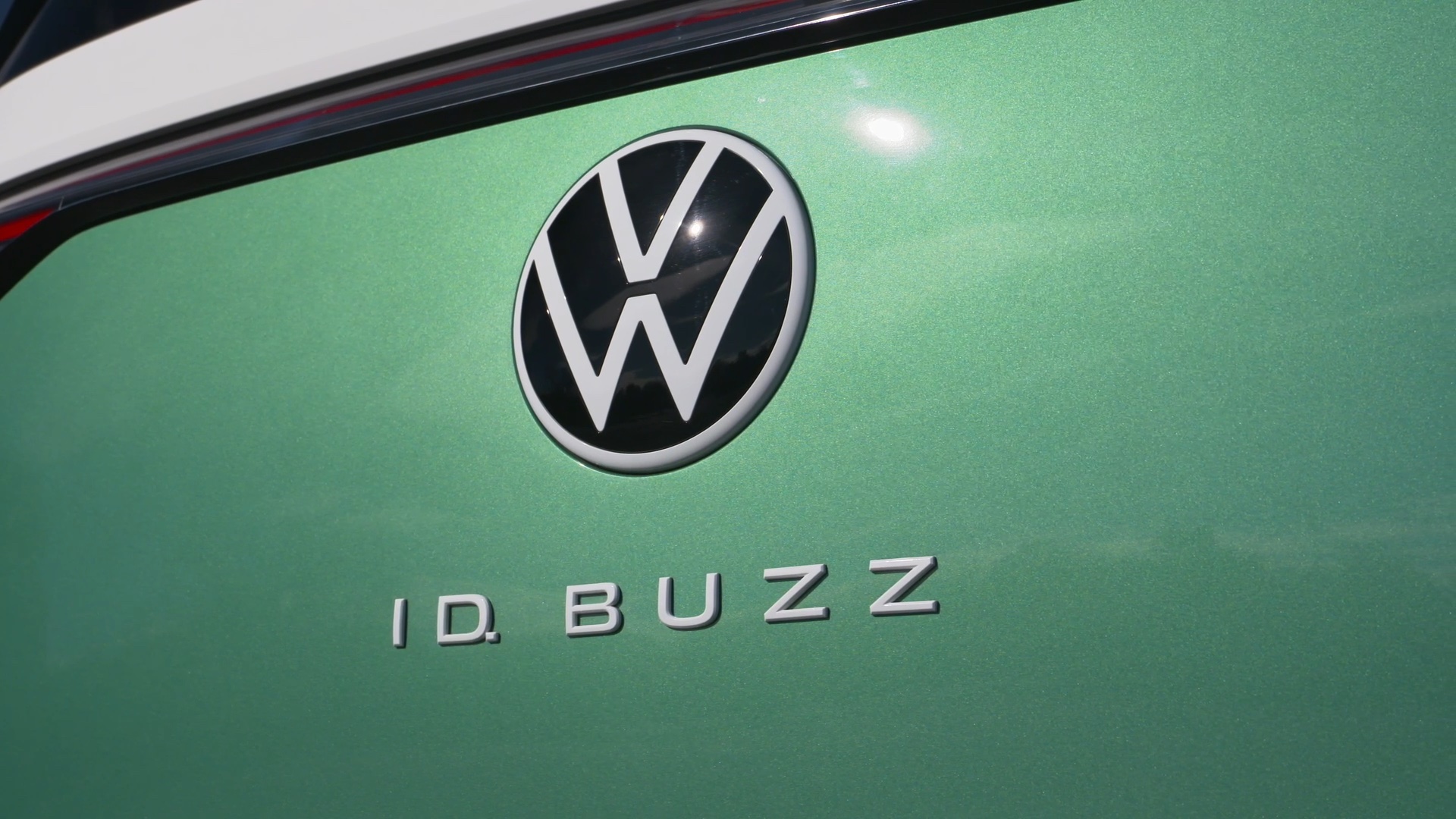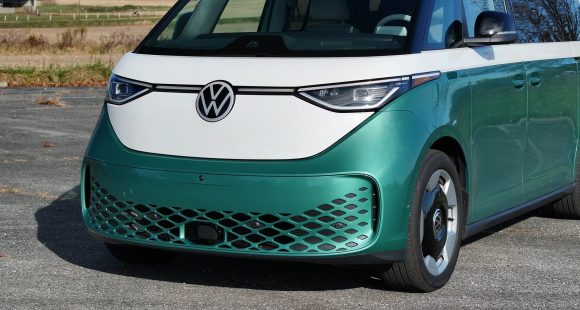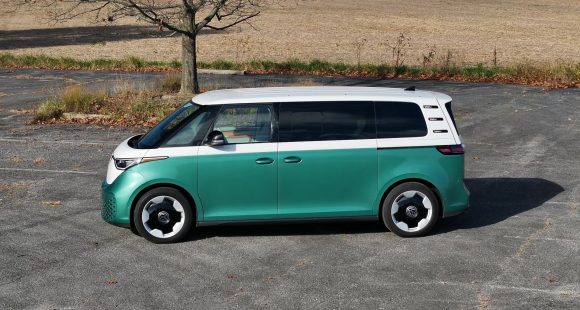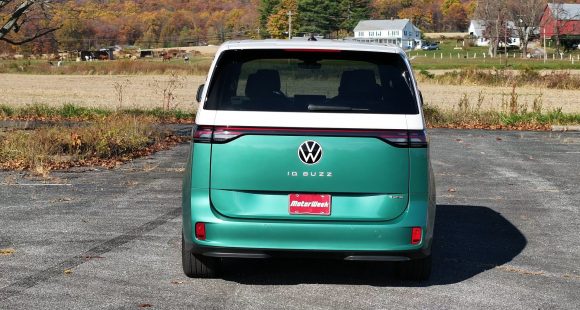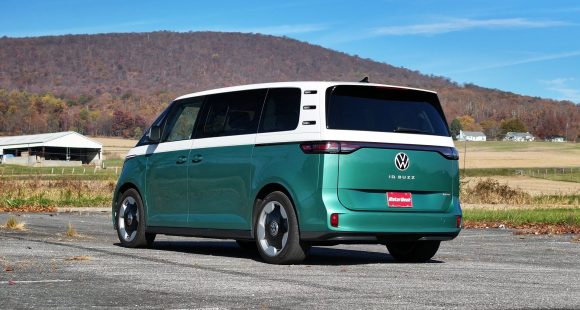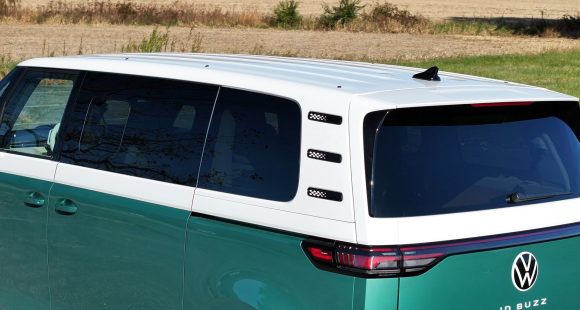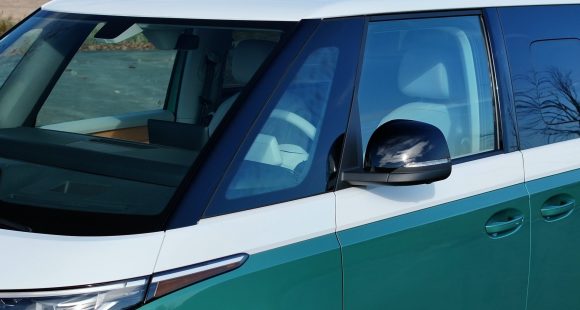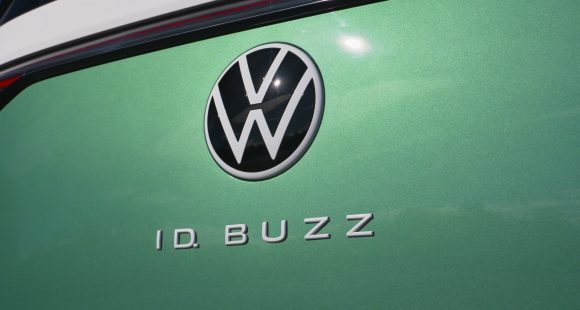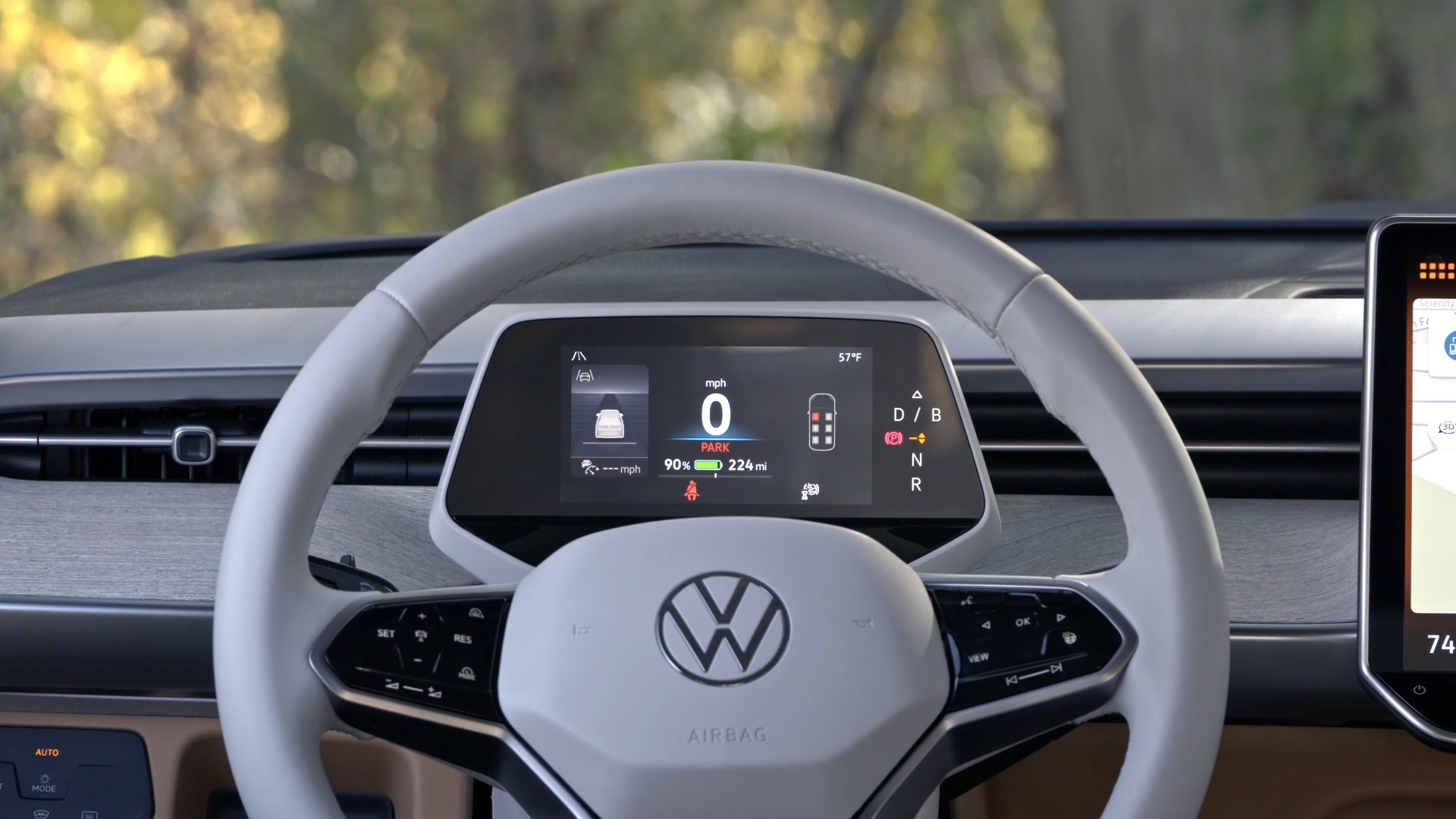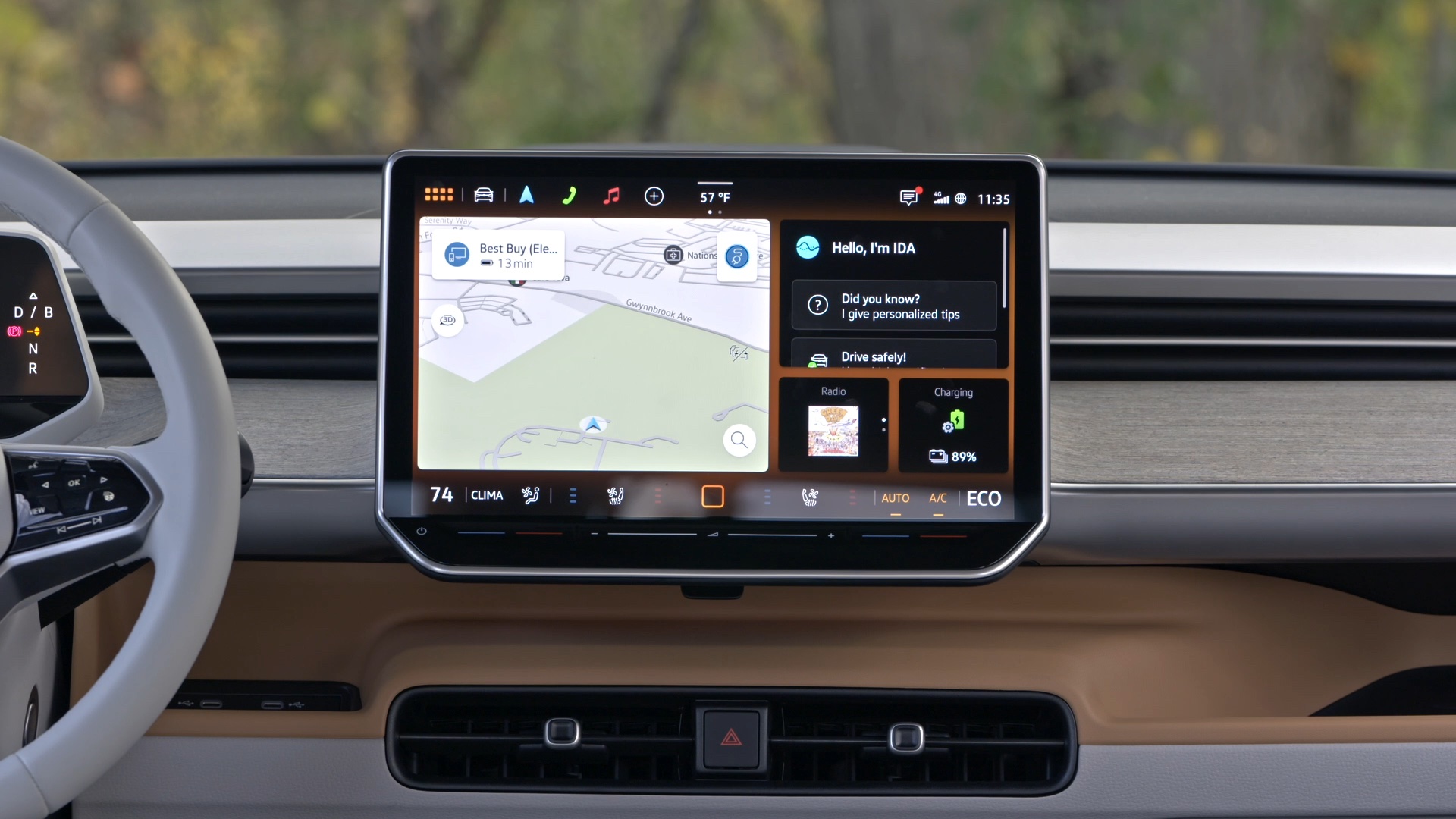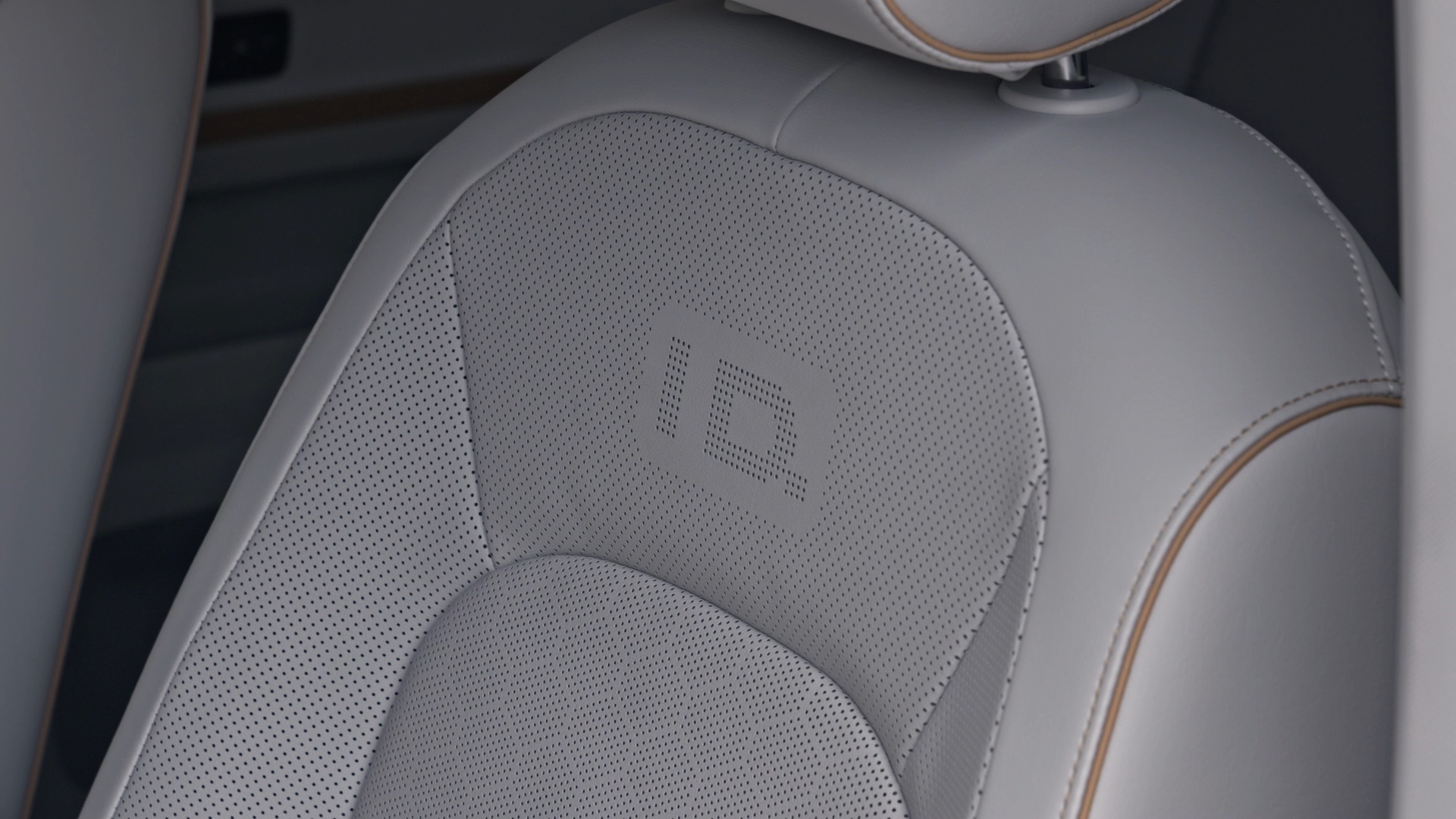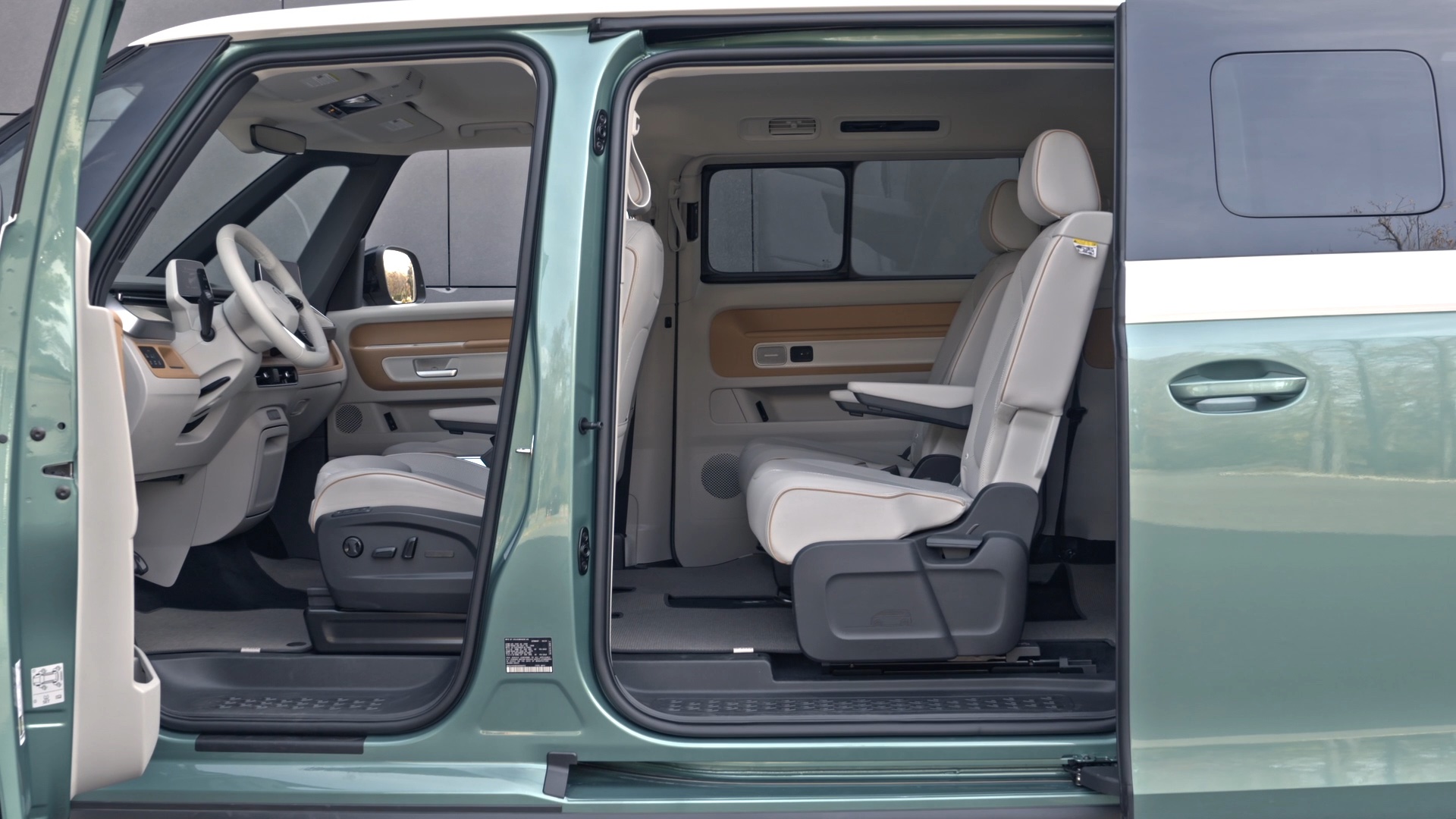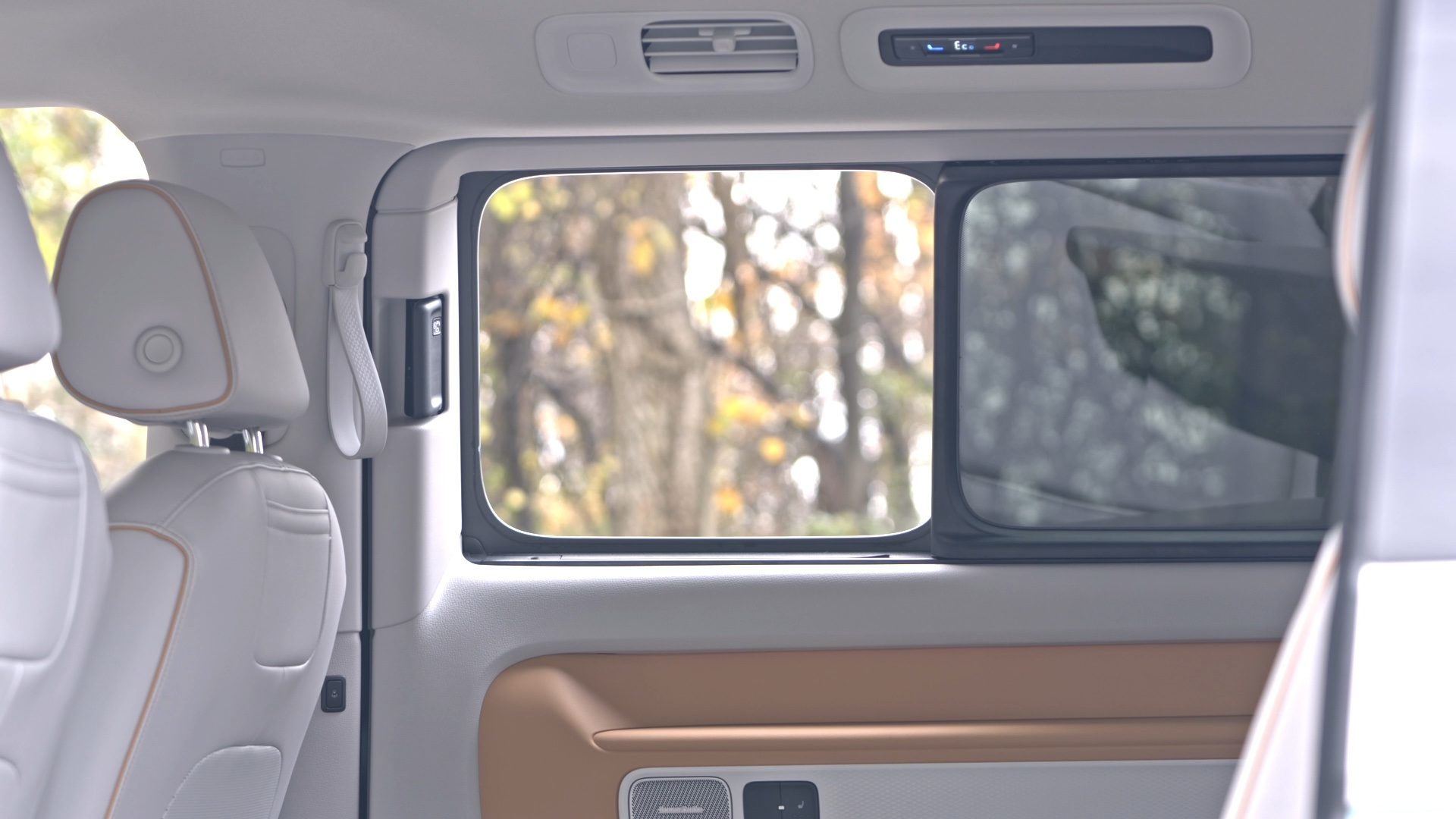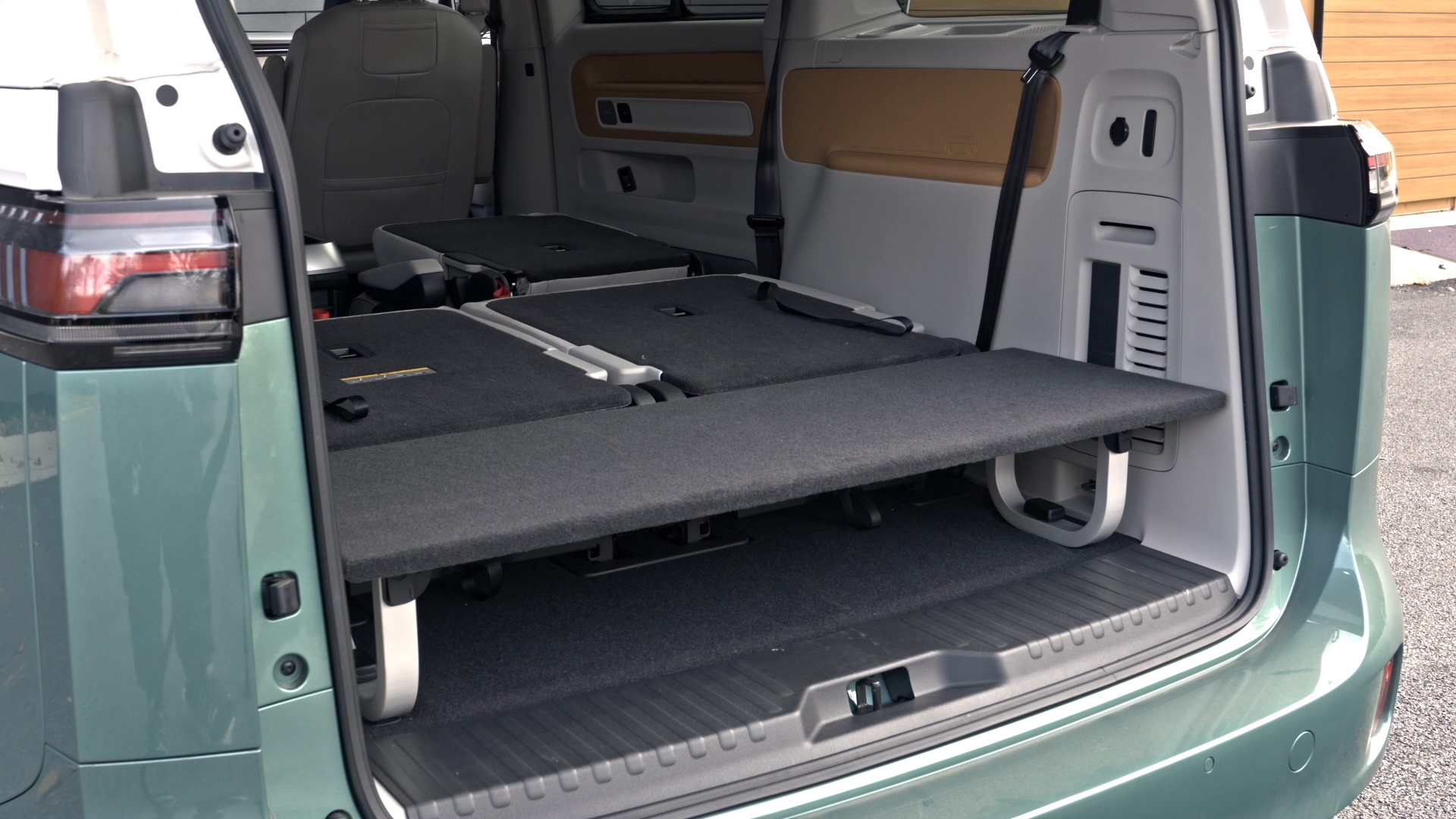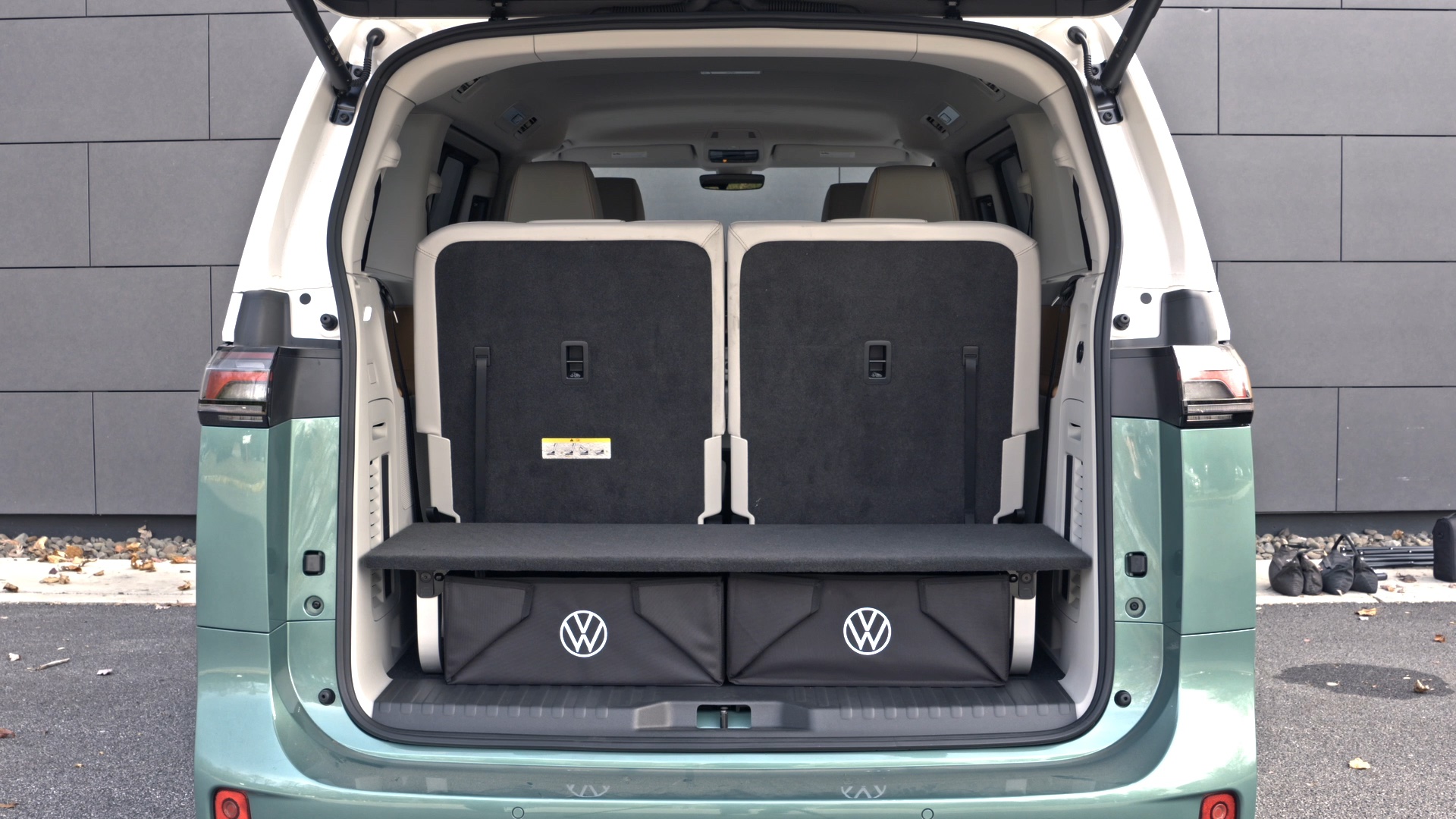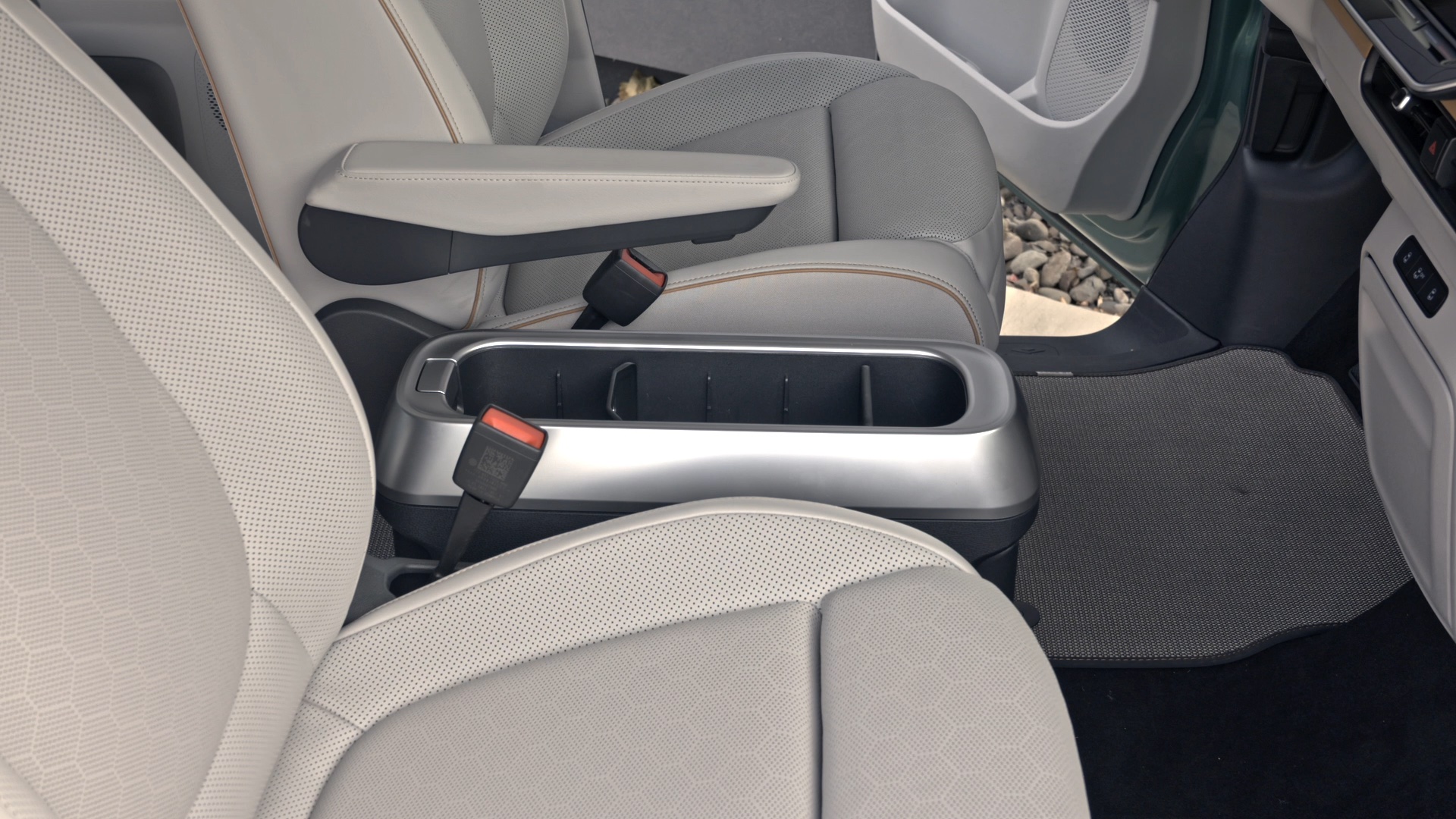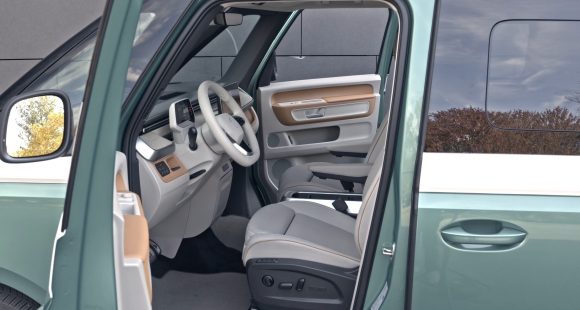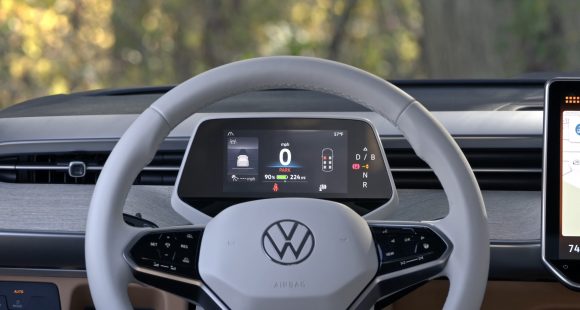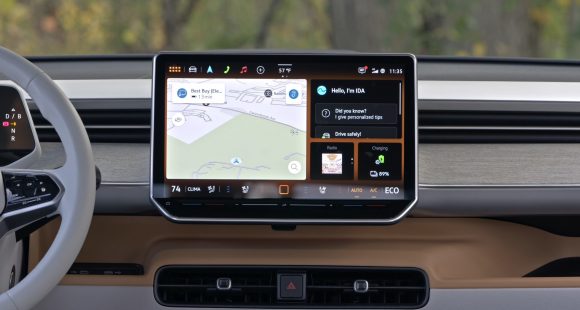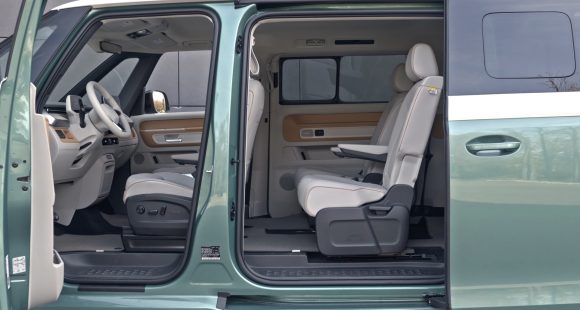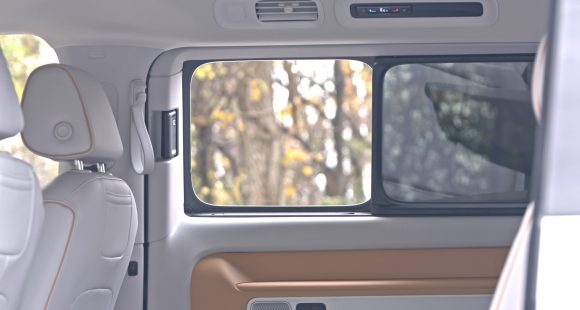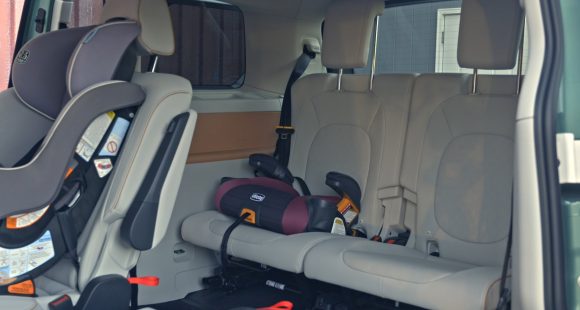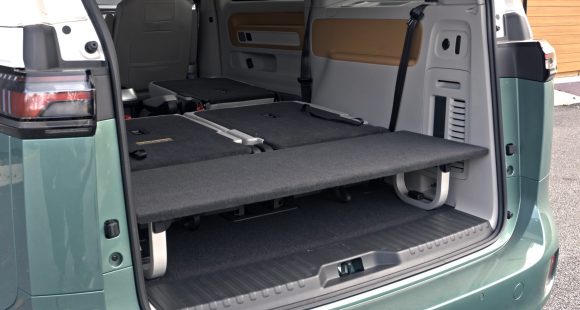2018 Alfa Romeo Stelvio
While the Giulia did a lot to cement Alfa Romeo’s place in the euro luxury-sport market here, these days no brand can really compete stateside without an SUV. And indeed, the Stelvio was always a part of Alfa’s return strategy to America. So, let’s take a look at this upstart utility and find out why more familiar European brands should be getting a little nervous.
The 2018 Alfa Romeo Stelvio is indeed the right vehicle at the right time, as even with luxury-sport brands, utility vehicles continue to take sales away from sedans. So it’s not just a good idea for this re-emerging Italian brand, it’s really a necessity.
And while no one may have seen that coming 20-years ago, it almost makes sense at this point; as car makers have been able to infuse utilities with the same amount of performance, comfort, style, and even efficiency as their 4-door siblings, while giving buyers more flexibility for carrying cargo.
Behind the wheel of this Italian two-row ute, things are very quiet and luxurious. It’s very stable; and like most of its competitors, drives more like a tall hatchback than a crossover-style utility.
Seats are more than comfortable, but if you don’t mind a sportier ride, upgrading to the Ti Sport will get you some phenomenal sport seats.
 For now, all Stelvio’s come with a smooth-running 2.0-liter turbo I4 engine. It offers best in class standard horsepower at 280, accompanied by 306 lb-ft. of torque. At full song, it sounds more like an exotic 6 or even 8. In opposite fashion from the Giulia sedan that the Stelvio is based on, we’ll have to wait a little while longer for the high-performance Quadrifoglio version to arrive.
For now, all Stelvio’s come with a smooth-running 2.0-liter turbo I4 engine. It offers best in class standard horsepower at 280, accompanied by 306 lb-ft. of torque. At full song, it sounds more like an exotic 6 or even 8. In opposite fashion from the Giulia sedan that the Stelvio is based on, we’ll have to wait a little while longer for the high-performance Quadrifoglio version to arrive.
Huge column-mounted paddle shifters are available to control the 8-speed automatic transmission with great precision; and if you ask for manual control, that’s what you get. All Stelvios are all-wheel-drive.
It doesn’t feel leaps and bounds more spirited than the competition, at least without having the opportunity to drive them back to back; but it sure does feel hellaciously fast and super capable. 0-60 is 5.4-seconds, and only a few ticks behind the Giulia 2.0.
Like Giulia, there’s a DNA drive mode selector. Leave it in Dynamic for the best results, and you won’t find the ride harsh at all.
Steering is quick, it feels planted and just right; with loads of grip for cornering.
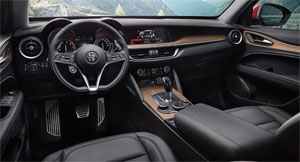 With Alfa’s Q4 all-wheel-drive system, the front wheels only are fed power when necessary, otherwise it operates as a rear-wheel-drive sportster.
With Alfa’s Q4 all-wheel-drive system, the front wheels only are fed power when necessary, otherwise it operates as a rear-wheel-drive sportster.
Now, Stelvio performs just fine in all other drive modes as well, it just kind of gives you the impression that’s not where it wants to be.
At 111.0-inches, wheelbase is exactly the same as the Giulia, but with a little more material outbound, overall length comes in about two inches longer.
For the most part it shares the same aggressive face, but lines are a little more pronounced, especially down the sides.
There are 9-different tire and wheel packages, ranging from standard 18s to 20s.
Even the back end treatment is gorgeous. We almost whish Alfa would have just called it a Giulia wagon, even though we all know to most Americans that would kill it.
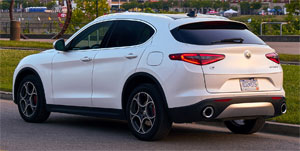 Base Stelvios come fairly well equipped, but most buyers will either travel down the Lusso or Sport road for upgrades that match their priorities; wood and nicer leather for the luxury-minded, aluminum trim for the sport-minded.
Base Stelvios come fairly well equipped, but most buyers will either travel down the Lusso or Sport road for upgrades that match their priorities; wood and nicer leather for the luxury-minded, aluminum trim for the sport-minded.
Like the Giulia, there are only minor traces of any Fiat-Chrysler lineage; materials and fit and finish are on par with European alternatives. It’s a very inviting space, with only a fussy electronic shifter to detract from the serenity.
Rear seat room is not plentiful, but certainly doable for two adults. Capacity in the cargo hold, at 18.5 cubic-ft. is decent, but short of most rivals. Folding the rear seatback will expand the space to 56.5 cubic-ft.
Also like the Giulia sedan, the Stelvio is technically mid-size, but lies more in the middle ground between compact and middle-weight SUVs.
Government Fuel Economy Ratings are 22-City, 28-Highway, and 24-Combined. For a reasonable Energy Impact Score of 13.7-barrels of yearly oil use with 6.0-tons of CO2 emissions.
Stelvio base pricing is a very reasonable $42,990, though options are many and costly. We figure most Stelvio’s will go for low to mid 50’s.
According to the folks at Alfa, there was no point in adding yet another utility vehicle into a congested pool full of very nice import and domestic-branded luxury crossovers; unless it was the most powerful, highest-performing vehicle in its class. The 2018 Alfa Romeo Stelvio is just that. It’s a fabulous effort. So, Alfa’s biggest challenge will be getting butts in seats to try it out. Once they do, Stelvio will sell itself.
Specifications
- Engine: 2.0 liter
- Horsepower: 280
- Torque: 306 lb-ft.
- 0-60 mph: 5.4 seconds
- EPA: 22 mpg city / 28 mpg highway
- Energy Impact: 13.7 barrels of oil/yr
- CO2 Emissions: 6.0 tons/yr
2025 Volkswagen ID. Buzz
Volkswagen Brings Beetlemania Level Of Excitement To Minivan Segment
The duty of upholding Volkswagen’s heritage has most recently been delegated to small legacy car names like Golf and Jetta. But hold on! A much larger, totally modern take on VW’s classic microbus has just buzzed over the horizon— the all-electric ID. Buzz. It’s been at the top of our minds since we first saw the concept back in 2017. Well, it’s finally here, so let’s get our groove into drive!
This 2025 Volkswagen ID. Buzz has indeed created the most buzz around Volkswagen since the Beetle’s return to the U.S. in the late 1990s. We couldn’t drive it anywhere without drawing a crowd. No wonder, just about everyone has a VW Microbus story to tell, and seeing this reimagined version rolling down the street brings back all those memories.
VW really pulled it off as far as we’re concerned, as it looks great without appearing over the top. All the cues are here: Big VW logo front and center, lots of greenhouse including A-pillar windows and mini sliders for the second-row passengers, D-pillar air vents, and two-tone wheels. And while its appearance may be pure retro, its drivetrain is far from it, as the ID. Buzz is all-electric, and unlike the new Beetle, the Buzz does retain the original Microbus’ rear-drive architecture.
Powering those rear wheels is a 210-kW motor drawing juice from a 91-kWh battery for a range of 234 miles; 200-kW max charging will get you to 80% in about 26 minutes. Buyers can add another small 80-kW motor up front for 4motion all-wheel-drive and an increase of total output from 282 to 335 horsepower with a combined 512 lb-ft of torque. It uses the same battery, but range estimates drop just slightly to 231 miles. But while those numbers are modest, we also found them to be quite conservative, as we observed as many as 287 miles available in our all-wheel-drive tester’s gauge display and were on pace for 273 miles in our driving loop.
One throwback theme that may be a turnoff to some is that it’s quite a step up into the Buzz’s front seats, but there’s certainly a commanding view of the road once you climb in. Second row seating can be either a three-place bench or a pair of captain’s chairs, so there’s generous room for seven or six passengers. The captain’s chairs in our Pro S Plus offer good support and very easy access to the third row.
Lots of flexibility too with the option to simply fold the seats or remove them altogether.
With the sliding side doors and a wide opening rear hatch, there’s plenty of access for loading big sport utility amounts of cargo. Lots of flexibility too with the option to simply fold the seats or remove them altogether, and the ability to create a full-length flat floor with a rear cargo shelf that covers some handy removable storage bins. There’s 18.6 cubic-feet of space behind the third row, 75.5 behind the second, and a max of 145.5. That’s more than a Chevrolet Tahoe. For smaller items, there are lots of cubbies throughout the cabin, along with a standard Buzz Box that can be moved to multiple locations.
With a design that prioritizes retro form and modern function over aero efficiency, the 4motion equipped ID. Buzz earns a Fair efficiency rating, using 42-kWh of electricity per 100 miles, and we weren’t sure what to expect at our Mason Dixon test track.
What we found was great torque off the line and drama free launches to 60 in just 5.3 seconds. It was very stable at speed and power delivery stayed steady most of the way down the track until we reached about 90 mph, when it began to taper off just before we finished the quarter-mile in 14.0 seconds flat at 97 mph.
With 1,200-lbs. of battery weight nestled in its 127.5-inch wheelbase, the Buzz felt planted to the pavement through our handling course. There was quite a bit of body roll to deal with, but surprisingly little understeer. In panic braking runs, pedal response was inconsistent, feeling soft at times, pushing back hard at others; but through it all, results were quite good, stopping from 60 in an average of just 108 feet.
Three interior themes are available, this Dune is the brightest, featuring coastal inspired wood optic dash décor, “gray and clay” leatherette surfaces, and a high-mounted central 12.9-inch touchscreen. Pricing starts with a rear-wheel-drive Pro S at $61,545; this Pro S Plus begins at $65,045, add another $4,500 for 4motion, which brings a few extra features along with all-wheel drive.
Retro design with old-school VW charm, modern EV drivetrain, big SUV capacity merged with minivan flexibility; it all comes together in this 2025 Volkswagen ID. Buzz. It’s easily one of the coolest rides of the year and one that will likely keep Volkswagen dealers buzzing for years to come, and that’s something no other people and things mover can say.
Specifications
As Tested
- Motor Setup: Dual-Motor AWD
- Battery Size: 91-kWh
- Horsepower: 335
- Torque: 512 lb-ft
- EPA Range: 231 miles
- 0-60 mph: 5.3 seconds
- 1/4 Mile: 14.0 seconds at 97 mph
- Braking, 60-0: 108 feet
- MW Test Loop: ~ 273 miles








